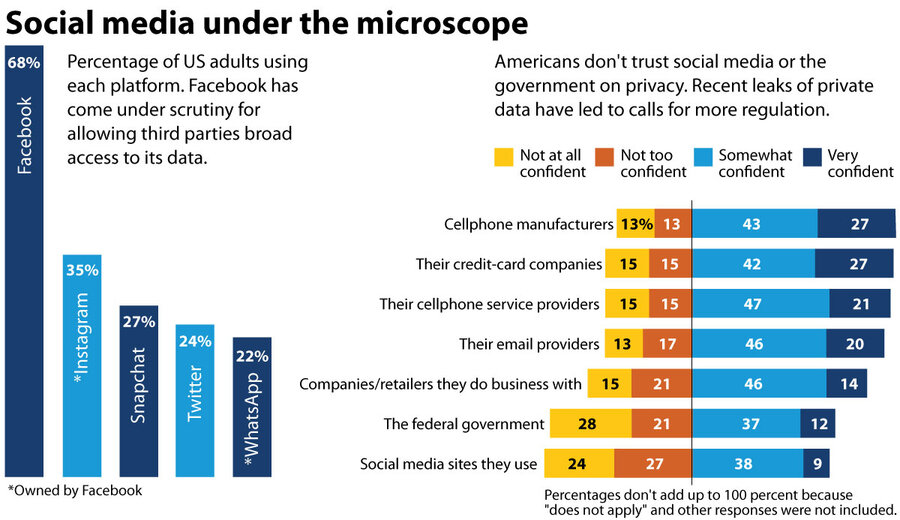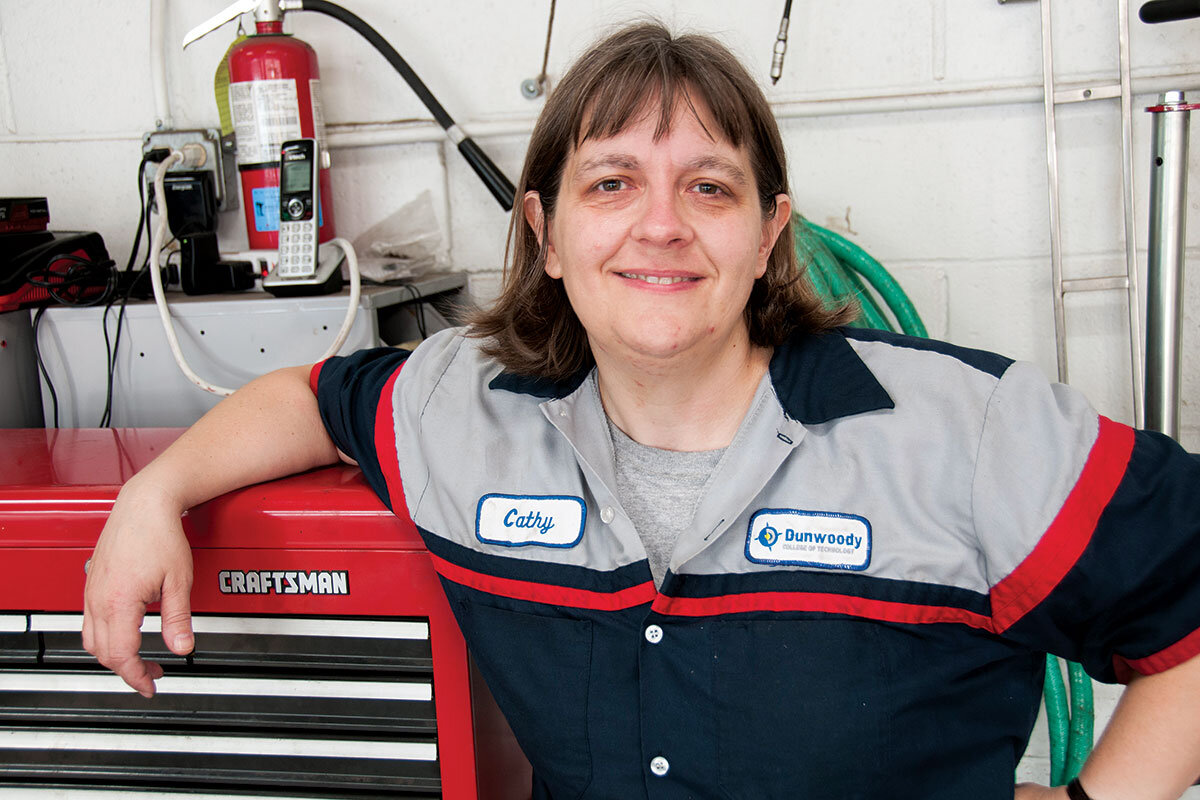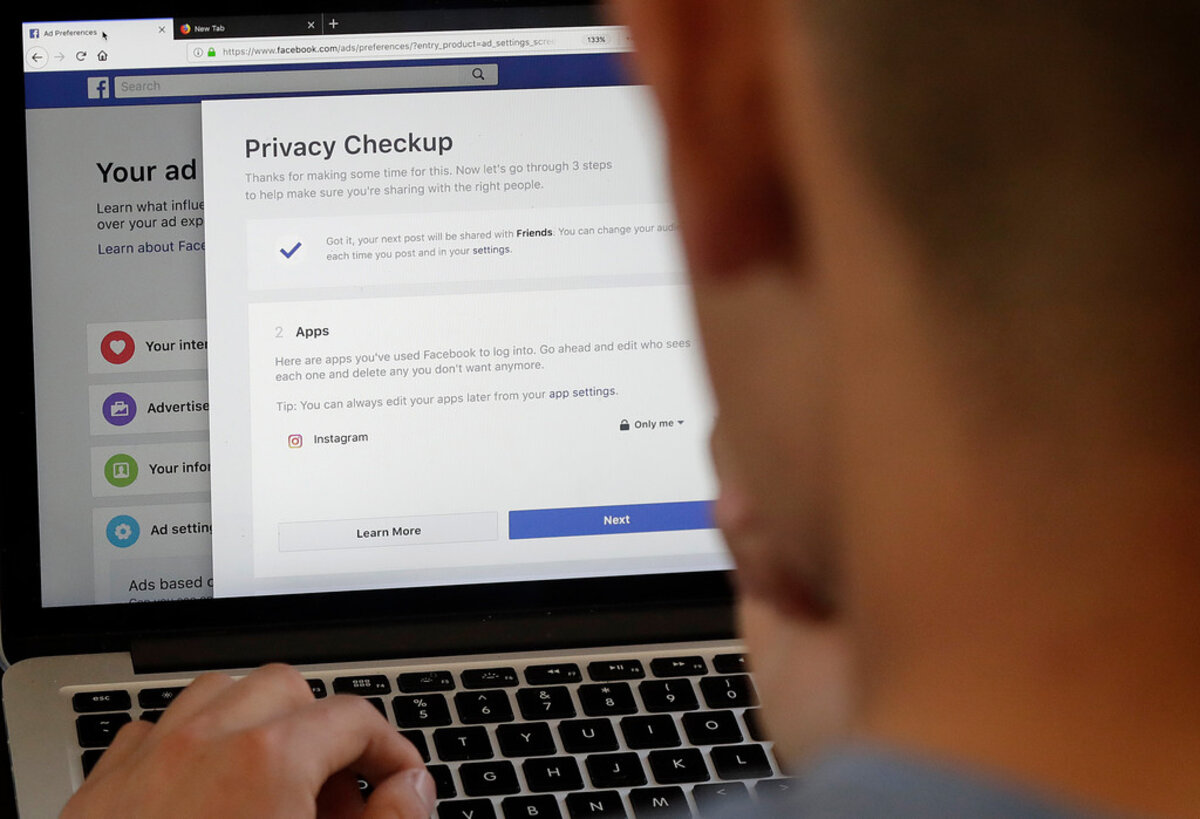Mere weeks ago, residents and rebels told the Monitor that they couldn't fathom leaving the besieged Syrian district of Ghouta. But changes on the battlefield have forced wrenching reevaluations of the steps needed to find safety.
Monitor Daily Podcast
- Follow us:
- Apple Podcasts
- Spotify
- RSS Feed
- Download
 Amelia Newcomb
Amelia Newcomb
This evening in Paris, thousands took to the streets to stand in quiet but forceful solidarity with France’s Jewish community. The march paid tribute to Mireille Knoll, an 85-year-old Parisian who narrowly escaped the 1942 roundup of Jews in Nazi-occupied Paris but was brutally murdered last week in what is being treated as an anti-Semitic crime.
Her death has brought into sharp focus an often overlooked surge of anti-Semitic violence, vandalism, and discourse in France and around the world. In the United States, for example, such acts rose 60 percent last year.
As Patrick Debois, a French priest who has documented the mass killings of tens of thousands of Jews by the Nazis, recently told the Monitor’s Sara Miller Llana: “Today, if a Jew is attacked, there is not a thousand people in the street. Because people are used to it."
The Paris march was a bid to challenge that narrative, which can be a harbinger for a rise in hateful behavior more broadly. One participant, actress Florence Darel, told the Monitor’s Peter Ford: “It’s time that we show that we are the French Republic, too – we who say no to a retreat of Republican values. It is intolerable that someone should die because of her religion in 2018 in France.”
That outlook resonated with a young Jewish student, who noted that the march began at Paris’s Place de la Nation. The locale, he said, lived up to its name today.
Monitor reporters are looking into what’s behind the troubling spike in anti-Semitic acts and language. They’ll be looking for how people are stepping up to combat it. Watch for that report next week.
Now to our five stories for today.











